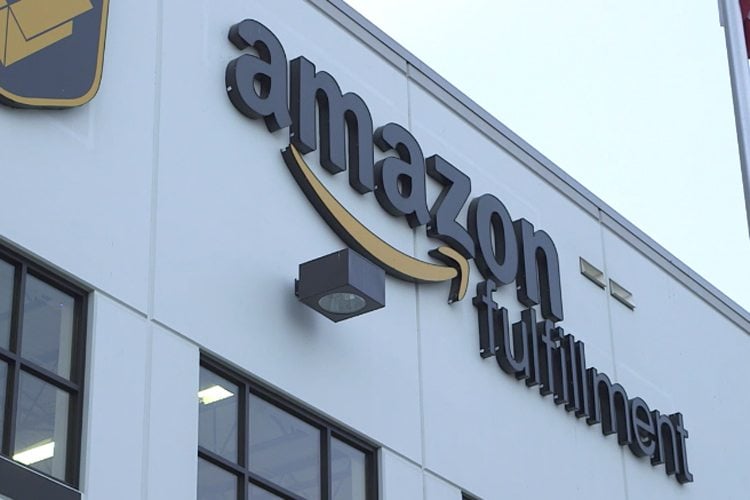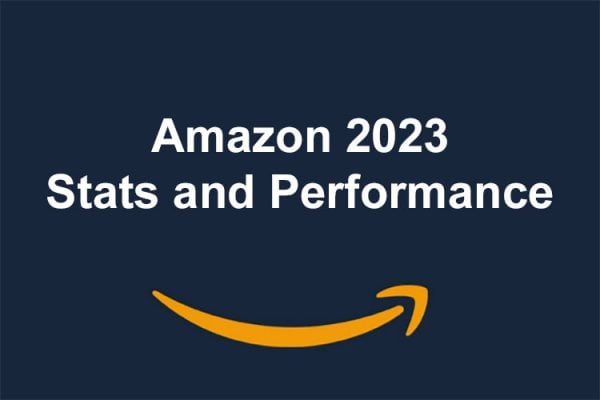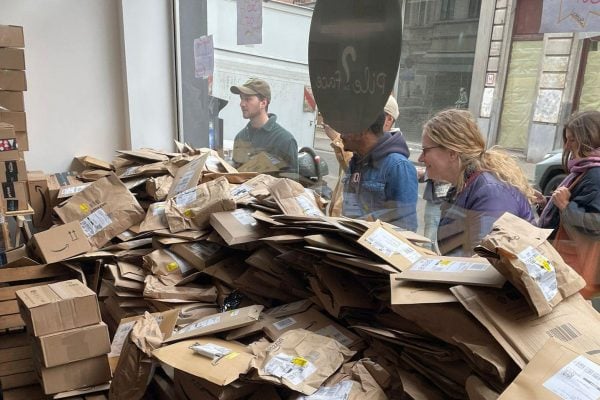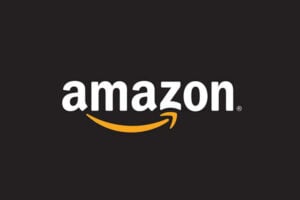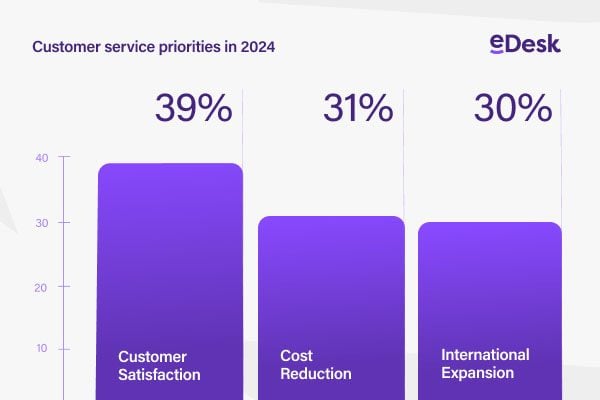Amazon FBA has become one of the most popular methods to fulfil products. It’s accelerated, and convenient service fits around customer lifestyles, allowing FBA sellers to stay on top of shoppers’ delivery demands. Here is a how-to guide on the leveraging the power of Amazon FBA.
What is Amazon FBA?
Fulfilment by Amazon (FBA) is a paid-for service which fulfils sellers’ products. Sellers can store their products in Amazon’s fulfilment centres, where staff packs, ships, and provides customer service for these products.
According to The Definitive Guide to Selling on Amazon report by BigCommerce Prime customers spend more money with Amazon. The average customer spends $700 per year on Amazon, while Prime customers spend roughly $1,300 per year. This means that sellers who use Amazon FBA are more likely to make more profit.
1. Competitor research
Sellers should start by looking at Amazon’s best sellers. It’s best not to go head-to-head with the highest sellers as a newbie. However, merchants can get an idea of what kinds of products are popular.
Merchants can plug those products into a service like Unicorn Smasher or AMZ Scout, and they will get an insight such as estimated monthly sales, competitor intel and fee calculators.
2. Sales rank
Sellers should always consider the sales rank. High ranking products sell fast, but there’s a lot more competition. The low ranking or even non-existent products can be slow sellers that result in long term storage fees.
However, since there’s little to no competition, it’s easier to become the dominant seller for those listings. If sellers know the sales rank, they will know what they are up against.
3. Products bundling
If there are dozens of sellers on the same listing, it can be hard to win the buy box. Sellers can get around this by creating a new bundled listing. A prime example is combining a popular board game with an extra dice bag.
This allows sellers to create a unique listing that still shows up when consumers search for the main product.
4. Starting small
Merchants need not buy hundreds of products to get started. They can ‘learn the ropes’ by adding just a few products initially.
It’s much simpler to create an organised, streamlined process when sellers just have a handful of products. Once the process is in place, it’s easier to scale up and add more products as merchants’ grow.
5. Build a brand
Sellers need to create a unique brand if they want to stand out from the sea of Amazon merchants.
This means having a deep understanding of their target buyers. Knowing how to position their brand and creating consistently styled product images, titles and descriptions.
Creating their own online store where sellers control the customer experience to complement Amazon sales is the best way to do this. Merchants can also use unique packaging and inserts to make sure their brand personality stands out upon delivery.
Packaging that encourages customers to sign up for sellers’ email list or follow social accounts is a good starting place as well.
6. SEO
Amazon is a massive, highly competitive marketplace, so it can be difficult to get sellers products discovered. Visibility is vital to allow shoppers to see, get inspired and purchase a product.
However, just like Google, Amazon are a search engine with ranking factors that determine which products to display for any given product search.
Sellers can get higher in the search results by researching which keywords consumers use when searching for their products and using those keywords throughout their product listings.
7. Photography
Amazon requires that the main product image show only the product against a white
background. Sellers can then add up to eight more photos, depending on the product category.
A product’s image is customers’ first point of reference for sellers’ products. Shoppers are limited to only viewing merchants’ goods and not able to touch and feel them. Merchants need to display a product from different angles, show it in action, present close-ups of various features and show a person holding it for scale. Sellers need to also consider getting 360-degree images and videos created to make product pages more engaging.
8. Product titles
Amazon allows up to 250 characters for titles, but that doesn’t mean it’s a good idea to use all 250 characters.
Amazon has been known to suppress product listings with excessively long titles. The goal is to be descriptive and to the point while still getting the main keyword into the title.
Here is a product title formula: Brand name, product name, important features like colour or size.
Product title example: OXO Flexible 3-Piece Silicone Spatula Set, Heat Resistant And BPA Free (Green). It includes important information without going overboard.
9. Answer customer enquiries
One of Amazon’s unique features is the question and answer section. Anyone can submit a question about a product, whether they’ve purchased it or not, and anyone can submit an answer, whether they’ve bought the product or not.
Sellers can increase engagement by getting the ball rolling. They can ask a friend to post a question that’s commonly asked about their product. Then their post the answer, and customers see that they’re an involved and helpful seller.
10. Repricing programme
Prices continuously change on Amazon. Although the lowest price doesn’t always win the buy box, it often does.
Most Amazon sellers use repricing software to change their prices throughout the day automatically. If sellers only have a handful of products, they may be able to keep up with repricing manually.
However, they will see more success if they automate the process. Some sellers use rule-based repricers, but that often ends up in a race to the bottom, with prices eventually going so low that there’s no profit left. Algorithmic repricers are more advanced and typically lead to higher profits.
